Can you believe it’s October and 2018 is almost here? September was a blur for me due to fiscal-year-end work and a family emergency. With all that behind me now (all is well!), I’m back to pondering—along with the rest of my fellow plannernerds—the biggest decision of the year: what planner will I use for next year? Some folks only need one planner to take care of everything while others need multiple planners which further complicates the process. This week I’m sharing my year-end ‘planner musings’—aka my 3-step thought process—for deciding what planner to use each year.
Step #1: Does your current planner support your method of planning?
In general, almost every plannernerd has their own thought process for determining what planner to choose for the upcoming year. For me, it starts with evaluating how well my current planner(s) supported my method of planning or ’system’. Mind you, I’m careful to say I evaluate the planner(s) themselves, not HOW I used them. This is an important distinction for productive, functional planning: having a personalized method or system of planning techniques that effectively track and manage all your daily and/or project needs. Once you have a reliable planning system, you’ll know which planner products will and will not work for you based on their layouts, options, and features. If you haven’t figured this part out yet, check out my Planner Overload Series – Where do I begin? for more information.
Every year, at a minimum, I use two planners: one for work and one for my personal life which includes managing and tracking family/home/fitness—and sometimes—my content (i.e. blog, YouTube, social media). I also use two different planning systems for each of these planners because the workloads and workflows are very different. If you’d like to learn more about each one, check out this post for my work planner and this one for my primary planner.
For work, I use a Miquel Rius A5 grid journal as a modified ‘bullet journal’ that includes some custom layouts I’ve created to help me manage multiple software development projects. My work planning system is half digital (Microsoft Outlook), half analog (my planner), involves color coding (read more about it here) to differentiate between multiple projects, and is designed to manage a heavy daily appointment schedule as well as track daily tasks, notes, and reference information. This planner setup continues to work very well for me so I plan to continue using it in 2018.
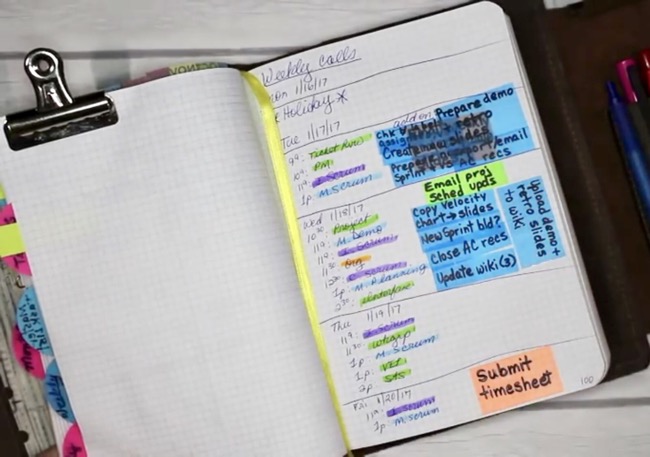
As for my primary planner, I’m using a Jibun Techo B6 Slim which is a vertical weekly planner. My personal planning system requires a ‘high level’ weekly overview, grouping ‘like items’ together—by type (e.g. appointments, tasks, notes) or project (e.g. Wellness, Blog/YT, College Planning)—and items are tracked by family member using a color coding system (read more about it here). In addition, it’s designed to manage a heavy daily task load, some appointments, and the occasional notes for future reference.
What is it like when your planner doesn’t support your planning method or system? In the past, I’ve tried daily pages and it turned out to be too much wasted space and without the high-level weekly overview, things were constantly ‘sneaking up’ on me or getting missed all together. The weekly overview allows me to see how light or busy a week is, spot any overlapping priorities, and see what’s coming up so I prepare accordingly. I’ve also tried a horizontal weekly layout but that didn’t provide enough writing space and made it difficult to ‘group like items together’. Appointments, tasks, and notes ‘blended’ together in the limited, narrow space making it difficult for me to find things. A vertical weekly layout allows me to divide things in a top-down fashion and appointments, tasks, and notes always appear in the same area of the page while still allowing ample writing space so my tendency for structure and organizing is satisfied! 😀
Step #2: Is there anything lacking in your current planner?
The Jibun Techno B6 Slim has worked extremely well this year as a primary planner but there are a few drawbacks. Since it’s primarily a Japanese planner, it contains a lot of predefined ’specialty layouts’ that I don’t use as well as many reference pages written in Japanese that I can’t read so it results in wasted pages. It also lacks blank note pages. Finally, while I love the compact B6 Slim size, there were many times throughout the year when the vertical columns did not provide enough room for all the information I needed to capture so I’m considering moving up to an A5 size for 2018. Most importantly, I’d like to continue using a planner that uses Tomoe River paper because it keeps the book thin and is very fountain pen friendly. This ‘wishlist’ has narrowed down my 2018 planner choices to three possibilities:
- An A5 Slim size Jibun Techo (would need a separate book for notes)
- An A5 size Hobonichi Cousin or Avec (the Cousin has the whole year in one book while the Avec is the whole year divided between two books; it has monthly, weekly, and daily pages which can be used for notes)
- A blank A5 size Tomoe River journal where I can create my own vertical weekly layouts in a ‘bullet journal’ style (I currently have 2 Taroko Shop Enigma dot grid journals that I got on clearance which can theoretically be setup as a ‘mock Hobonichi Cousin/Avec’ thereby eliminating the cost of a new planner for 2018)
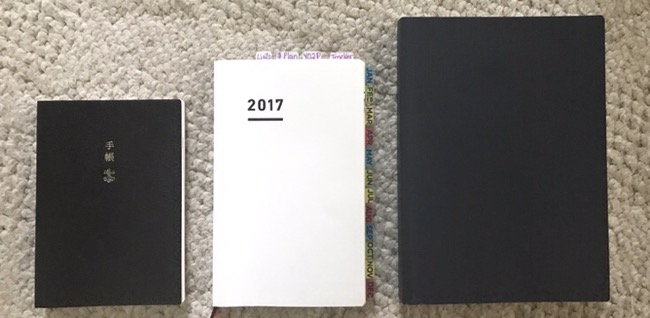
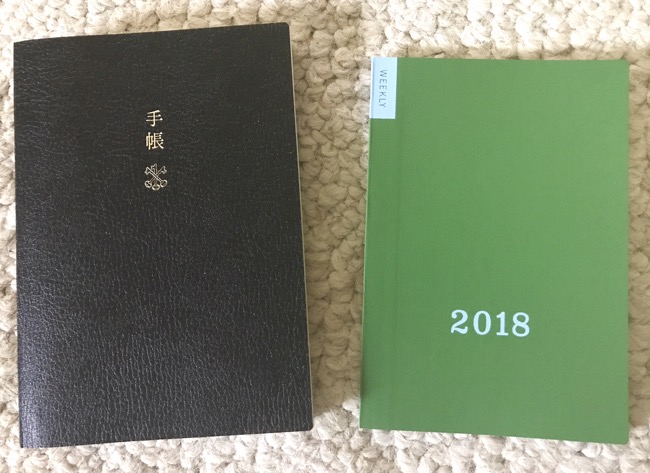
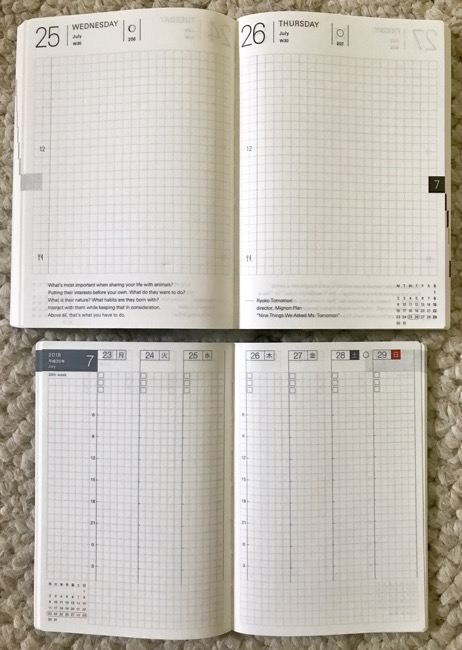
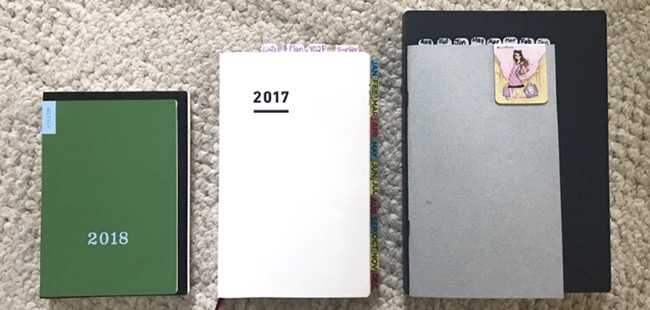
While I’m excited about the possibility of having more writing space, I’m also worried that an A5 planner might be TOO big resulting in a lot of wasted space. Another concern is whether a bullet journal setup would actually work as a primary planner given how much I rely on pre-dated pages to do future planning especially when things get busy—this was a ‘lesson learned’ from my summer ‘bullet journal experiment’, read more about here.
What is it like when something is lacking in your planner? I’ve used planners with big open boxes that didn’t provide enough structure for organizing items on a page or had too much structure that divided and labeled all areas on a page, some of which were not applicable to me. There were also some planners that did not provide enough space for certain items—e.g. a short daily timeline for appointments that didn’t span my entire workday—or perhaps it was missing something like weekly or monthly layouts because it only had daily pages. I’ve also tried undated planners which could’ve worked fine but they didn’t provide enough pages to last the entire year (why do they do that?). Luckily, the Jibun Techo lacks very minor things for me which I can either overlook or figure out a way to repurpose.
Step #3: Can your current planner setup be improved and/or optimized?
As a multiple planner user, I’ve tried many times to combine some of the planners I use—not counting my work planner which has to remain separate. I know the Jibun Techo in the A5 Slim size will work for me since the B6 Slim already works but frankly I’ve been really curious to try the Hobonichi Cousin/Avec for years. I haven’t, however, taken the plunge because of concerns of having too much writing space—it has monthly layouts, weekly layouts and daily layouts in a large A5 page size (I don’t use daily pages at all so an A5 size daily page would result in a lot of wasted space unless I use them for something else like notes). That said, I’ve been recently intrigued by the idea of using each layout section for a different purpose—something I learned from other plannernerds in our community—as a way of getting the most out of the Hobonichi Cousin. For example, I could use the monthlies as a blog/editorial calendar, the weeklies as a primary planner for family/home/fitness, and the dailies for either note-taking or as an art journal instead of keeping each of these in separate organizers—check out the video below for more information on how I do functional planning with multiple planners:
But what about a planner for on-the-go? In 2017, I used the Hobonichi Weeks as an on-the-go planner then stopped using it midway thru the year because it fell out-of-sync with my Jibun Techo since I was duplicating information. To solve this problem in 2018, I’ve setup a B6 Slim grid insert as a stand-alone monthly planner that I can use with both my A5 vertical weekly layouts or alone as an on-the-go planner; no more duplication of data! This monthly insert has 2018 and 2019 yearly overviews, 12 months-on-2-pages, 12 monthly index logs (read more about it here), and one page for a Future Log.

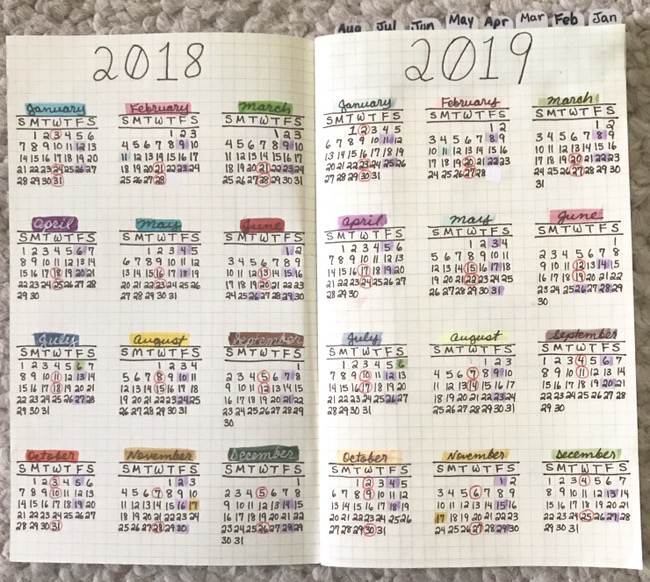
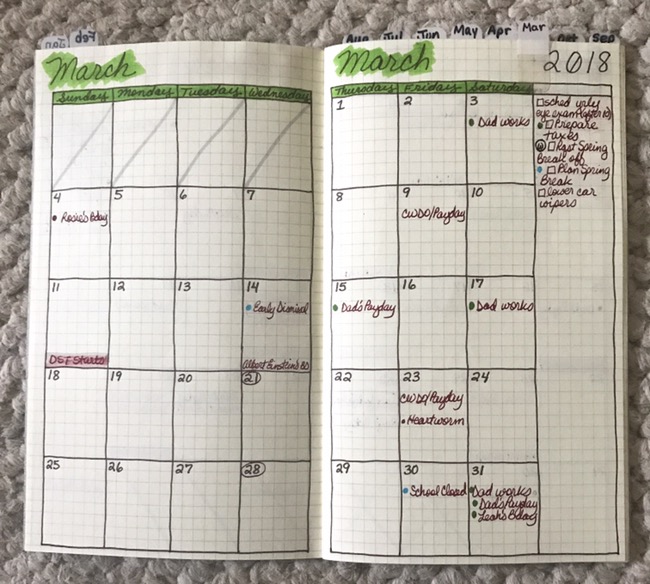
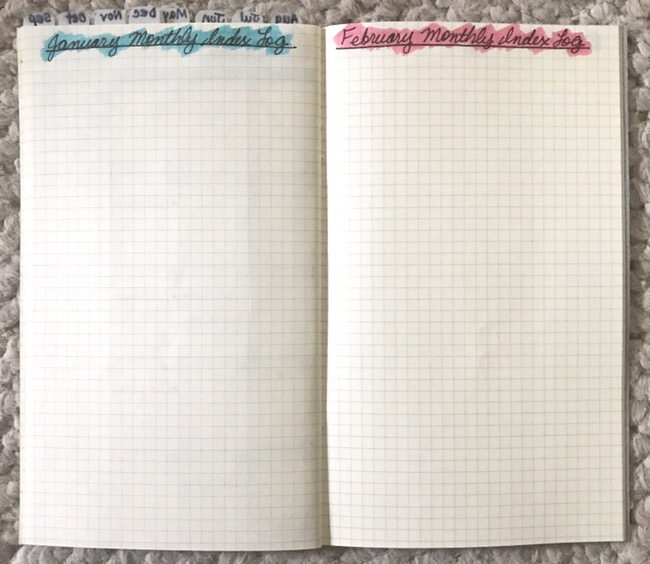
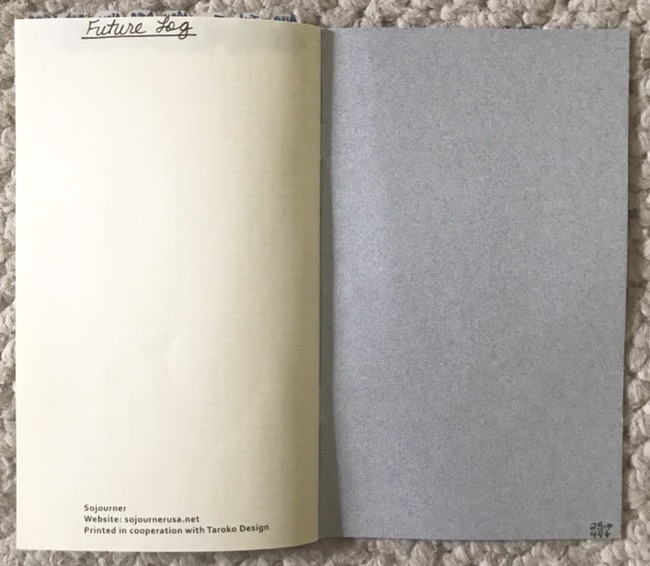
Having a stand-alone monthly insert will free up my monthly pages in my A5 primary planner to serve as a blog-YouTube editorial calendar so I won’t have to keep a separate content planner like I did in 2017 (read more about it here)—at least that’s the plan!
While on the subject, I’m still on the fence on whether I want to combine my content planner or keep it separate (I struggle with this decision EVERY year!). I’m currently using an Erin Condren Monthly Deluxe planner which I really like but at times, I find it too big and clunky. If I can reduce it to an A5 size and keep it with my primary planner along with a separate book for content project planning, I’ll have everything I need in one organizer—again, that’s the plan!
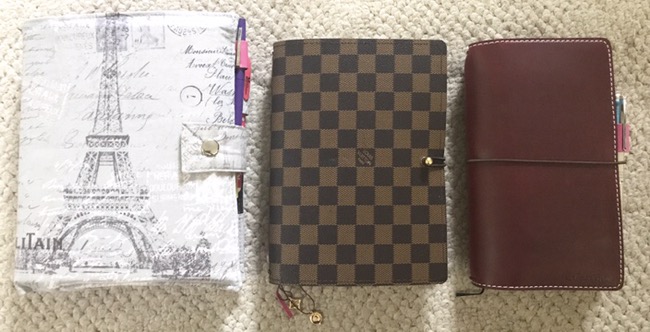
In general, I always recommend taking this time to see if there’s any way to improve or optimize your current system before trying something new—the grass isn’t always greener on the other side! Most important of all, don’t be afraid to think outside the box. For example, I mentioned that my work schedule is heavy on appointments because I have a lot of calls/conferences with several virtual teams. I also need to track the time spent on each project which includes time spent on calls. As a result, I need to have my appointments ‘front and center’ then fill in the ‘blanks’ between calls with project tasks so I designed a custom layout in my work bullet journal for ‘Weekly Calls’ (pictured above) that lists my entire appointment schedule for the week. I then use the traditional bullet journal method for tracking daily tasks and notes. As the week progresses, I jot down the length of each call as a number (e.g. 30 for 30 minutes, 120 for an hour and a half) and refer to my daily log between calls for tasks that can be completed. Another example of thinking ‘outside the box’ was covering up the Japanese reference pages in my Hobonichi Weeks with blank paper so I could gain 14 additional blank pages for notes, that’s a lot of extra, usable paper!
Final Verdict
So what’s the final verdict? At this point, I’m still thinking things thru, weighing the pros and cons, confirming what I absolutely need for each life area, and trying to determine how much space I actually need (versus what I want). As I narrow down my choices, it seems like the Jibun Techo A5 Slim paired with some dot grid notebooks will probably work out the best for what I have in mind (the Taroko Enigma journal and Hobonichi Cousin/Avec are still quite thick and would make it difficult to carry other notebooks and get heavier as the year progresses.
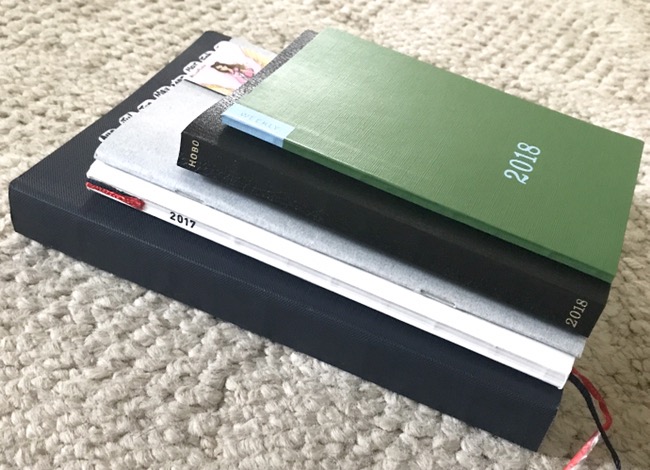
What about you? Have you decided what planner you’ll use next year? What’s your thought process for making this decision every year? Please share in the comments below and don’t forget to like, share, and subscribe!
Until next time, 🙂
♥ LilD ♥


2 Comments on Planner Musings – How to Choose a Planner for Next Year in 3 Steps